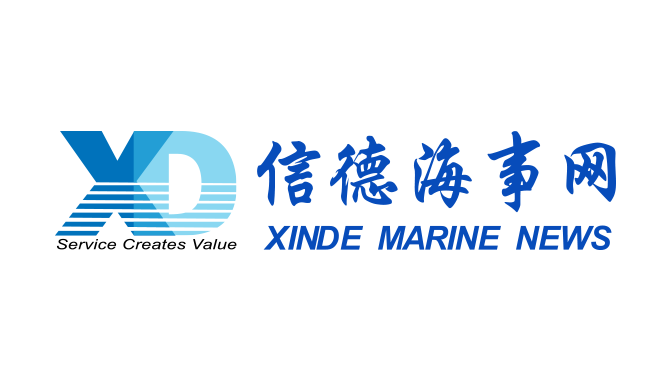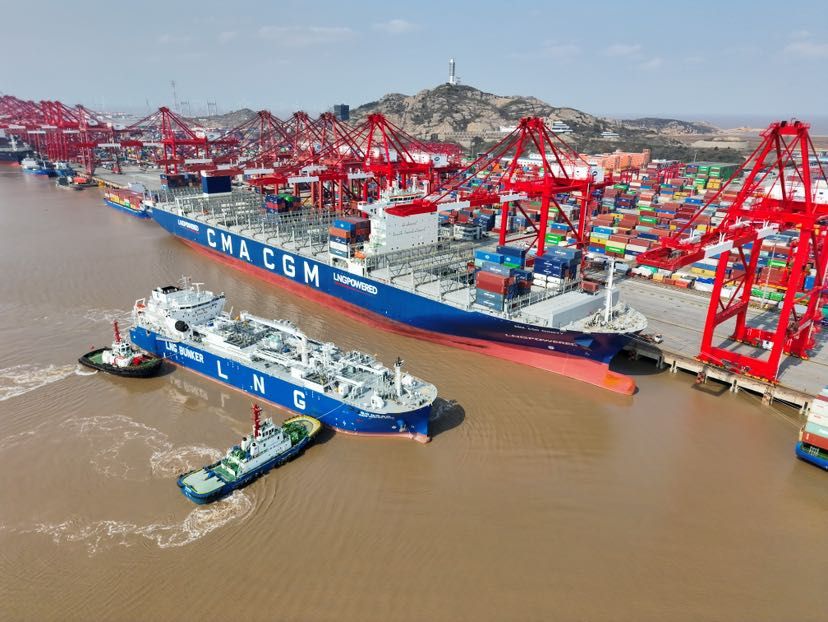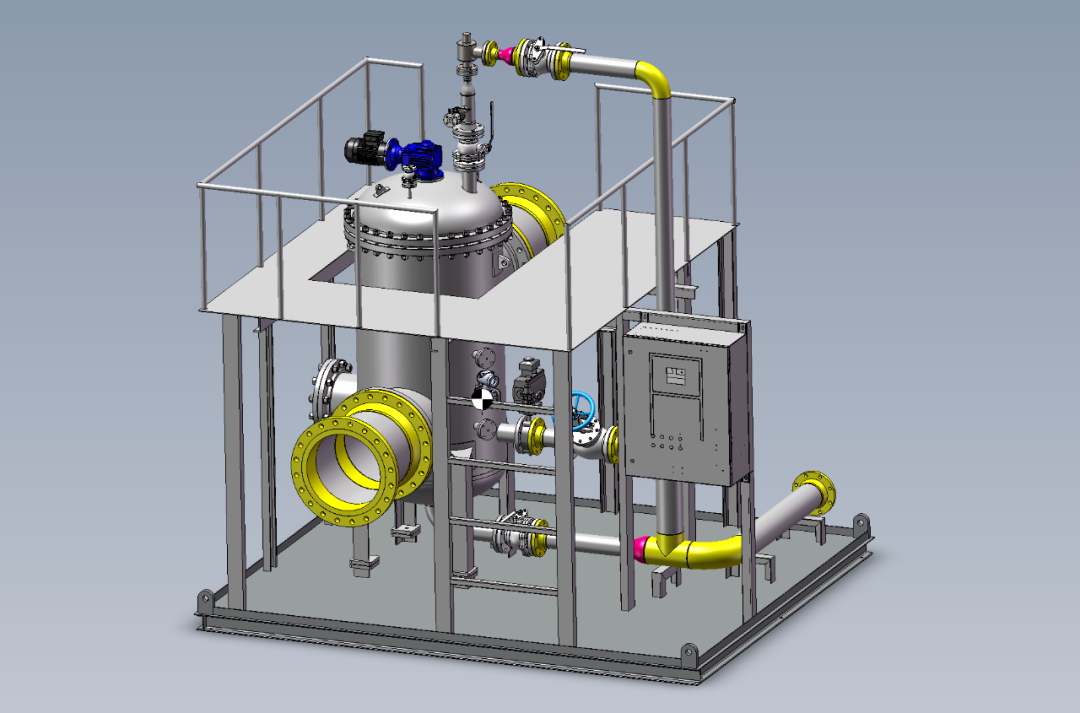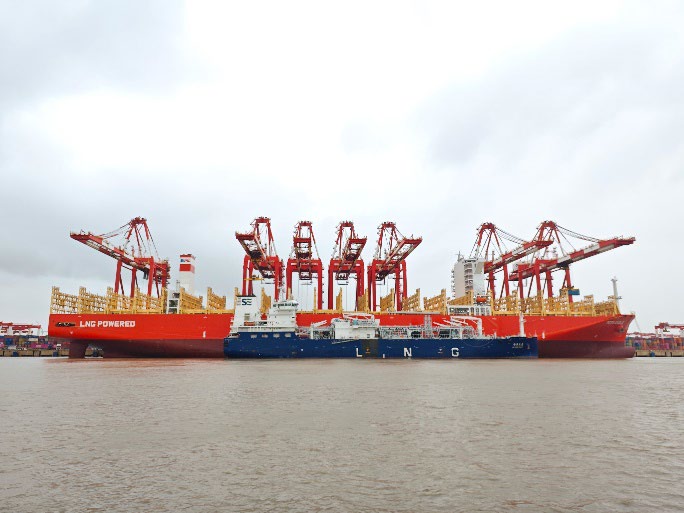
Both, consumption and production of natural gas increased during 2017, considered a bumper year for natural gas, according to BP’s Statistical Review of World Energy for 2017.
Natural gas consumption rose 3 percent, or by 96 billion cubic meters, while production jumped 4 percent or 131 bcm, at the fastest rates since the immediate aftermath of the financial crisis.
The growth in consumption was led by Asia, with particularly strong growth in China (15.1 percent, 31 bcm), supported by increases in the Middle East (Iran 6.8 percent, 13 bcm) and Europe.
The growth in consumption was more than matched by increasing production, particularly in Russia (8.2 percent, 46 bcm), supported by Iran (10.5 percent, 21 bcm), Australia (18 percent, 17 bcm) and China (8.5 percent, 11 bcm).
The single biggest factor driving global gas consumption last year was the surge in Chinese gas demand, where consumption increased by over 15 percent, accounting for around a third of the global increase in gas consumption, BP’s chief economist Spencer Dale said in its analysis.
The other central factor supporting the strength of global gas markets last year was the continued expansion of liquified natural gas (LNG), which increased by over 10 percent in 2017, its strongest growth since 2010, aided by the start-up of new LNG trains in Australia and the US.
China’s increased need for LNG accounted for almost half of the global expansion, with China overtaking Korea to be the world’s second-largest importer of LNG after Japan.
The tidal wave of LNG projects that were sanctioned between 2009 and 2014 led many to predict the emergence of surplus LNG as it took time for demand to catch up with the rapid growth in supplies. But many observers have so far been surprised by the apparent absence of such a glut.
“There is certainly little evidence of LNG facilities standing idle due to a lack of demand. This absence partly reflects that, due to a variety of technical issues, actual LNG supplies have come on stream less quickly than originally planned, moving supply more into line with the original demand profiles,” Dale said.
Sources:lngworldnews
Please Contact Us at:
admin@xindemarine.com


 WOODSIDE AND CHINA RESOURCES AGREE LONG-TERM LNG SU
WOODSIDE AND CHINA RESOURCES AGREE LONG-TERM LNG SU  Shanghai Yangshan Port Bunkered Two LNG Powered Con
Shanghai Yangshan Port Bunkered Two LNG Powered Con  Headway successfully delivers filtration skid solut
Headway successfully delivers filtration skid solut  Celebrating the Launch of “Green Energy Pearl” –
Celebrating the Launch of “Green Energy Pearl” –  PIL and SSES complete the inaugural LNG bunkering o
PIL and SSES complete the inaugural LNG bunkering o  BW LNG secures e-procurement deal with Procureship
BW LNG secures e-procurement deal with Procureship